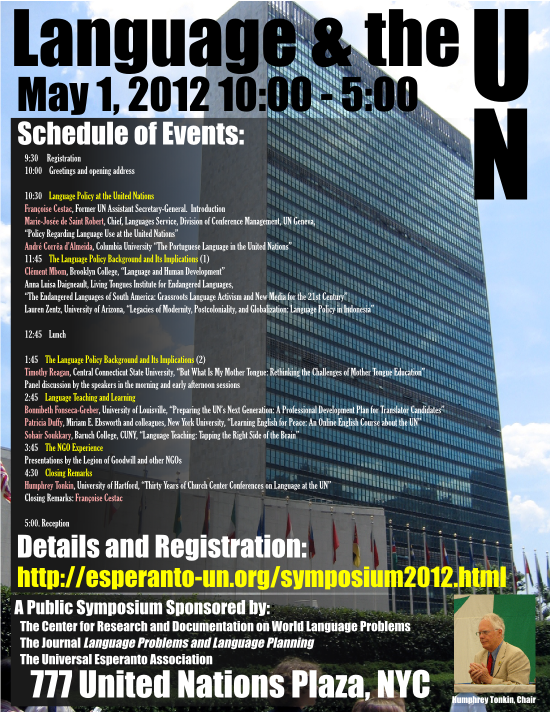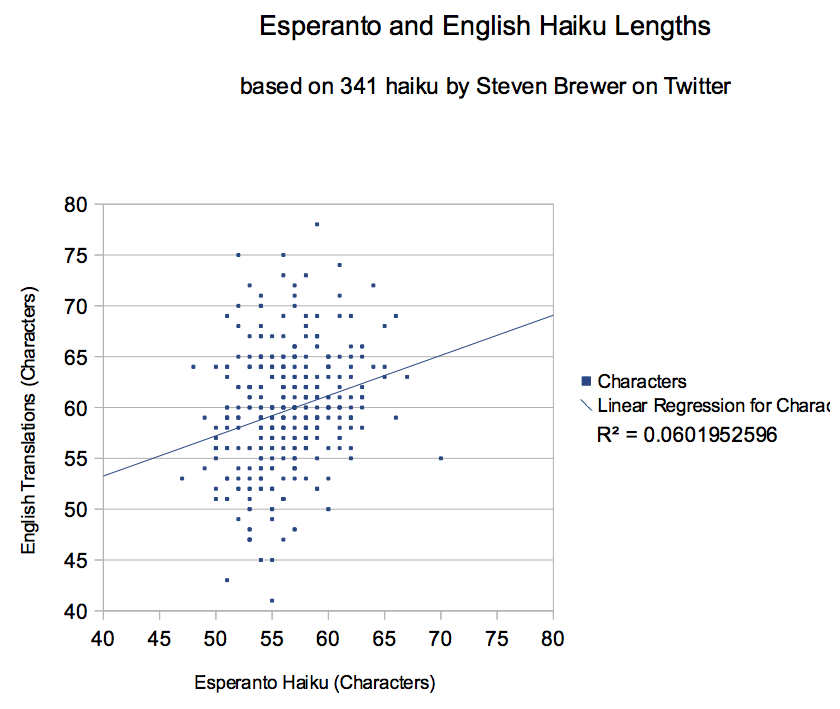Talpismo strikes again
Recently, the Economist, as part of their "Big Questions" series, asked which language do you think is most worth learning? I learned about it through a post in the Esperanto community encouraging people to vote. I was a bit surprised to see that Esperanto was actually one of the choices. So I voted for Esperanto and didn't think much more about it. Everyone knows that on-line surveys don't really mean much and aren't something to get excited about, although it is interesting how they are effective at drawing participation.
A few days later, I noticed someone on Twitter arguing with a guy about the outcome of the survey. He'd written a snarky blog post, which I don't really disagree with the substance of -- as I said, online polling doesn't mean anything. But his argument, that Esperanto isn't important because most people don't know what it is, seemed flawed to me. I engaged in a discussion with him to try to draw out this point and to emphasize that I thought the question was poorly constructed. As an example, I asked "Which programming language is 'most important' to learn? C? C++? C#? Python? Perl? PHP?" My point being that the task determines which language is most appropriate. There isn't any one language that's more "important" than another. I also argued that asking random people on the street seemed unlikely to tell you very much. If you accept his statement that most people don't know what Esperanto is, how can you claim that people are choosing not to learn it? He said the main thing that he learned was that the Esperanto community is a bunch of aggressive fanatics.
He followed up a few days later with a post explaining why he is unlikely to learn Esperanto with a bunch of statements of things you supposedly can't do in Esperanto (like read the newspaper, literature, and histories of a country). There's an element of truth to this, but in fact there is a rich literature in Esperanto that can draw from the traditions of many countries. I've learned way more about other countries by learning Esperanto than I did by learning a national language. I found being a second-language learner of Spanish -- even at a very advanced level -- left me totally unable to appreciate genuine literature. My experience with Esperanto has been way better. But that's a matter of taste.
Finally, he topped it off with this:
I could not travel and use the language unless I went to a dedicated meet up of Esperanto speakers, where I might find some of the people who have called me arrogant, nonsensical, illogical and prejudiced in commenting on my previous post here.
This too is not really accurate: one of the great pleasures of Esperanto travel is arranging to stay with families and people along the way. That's not really a "dedicated meetup" and provides a different perspective of other cultures than you'll get just "showing up" in a country and wandering around talking to people on the street. But the guy didn't bother to actually learn anything about Esperanto: he's just going on his preconceptions about the language.
Still, sigh... The Esperanto community has the word "talpismo" for over-enthusiastic proselytizing. Maybe part of the problem is that many of the people trying to comment are non-native speakers of English and have a hard time being measured in their comments. :-)
- Read more about Talpismo strikes again
- Steven D. Brewer's blog
- Log in to post comments




